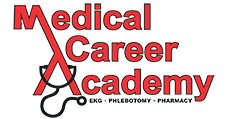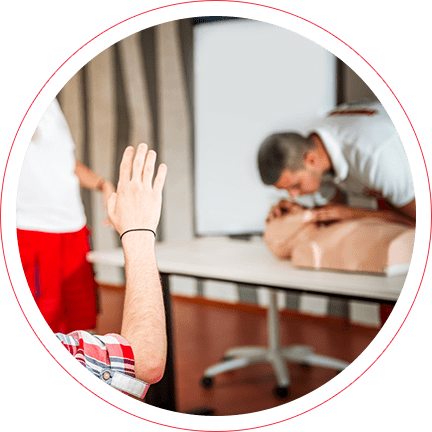One of the most important life-saving techniques ever developed is cardiopulmonary resuscitation (CPR). It can revive individuals who have stopped breathing and do not have a pulse. It is critical in dangerous situations, like drowning or cardiac arrest, and was designed to pump blood into a person’s brain even after their heart has stopped.
CPR must be initiated immediately when the situation calls for it, as brain damage begins within two minutes of the heart-stopping. You can increase a person’s chance of survival by up to 300 percent if it is initiated on time, especially since 90 percent of people who suffer cardiac arrest die before arriving at a hospital.
Dispelling some misconceptions
Most people think CPR training is time-consuming, and some are even put off by the thought of mouth-to-mouth to resuscitation. In reality, CPR classes are the most basic and shortest of all medical training essentials, taking only about one to three hours, depending on the level. Additionally, mouth-to-mouth is no longer considered a standard part of CPR.
This makes CPR certification a must for all capable adults, as it takes only a short time and can help you save lives.
The most basic form: adult CPR classes
It takes one hour to learn the simplest level of CPR. These adult classes cover basic techniques for adults, teens, and adolescents aged eight and above. These are the baseline skills that every person should know, especially if they are caring for someone at risk of cardiac arrest. The curriculum can even be upgraded to include the use of an Automated External Defibrillator (AED) should you decide to keep one at home.
Pediatric CPR
This is especially necessary if you care for any children under eight. Parents, teachers, and any professional who works around your children in this age range should definitely sign up for this type of CPR certification.
This involves different techniques from Adult CPR, including proper airway clearance and a different chest compression ratio for infants, toddlers, and young children.
Basic life support or CPR for professional rescuers
All emergency medical personnel are required to have this level of certification. It features a comprehensive curriculum of skills, such as AED, ventilation devices, barriers to performing rescue breathing, and two-person CPR techniques.
What do I look for in a CPR certification center?
One of the most important things to look for when choosing a CPR certification facility is hands-on training. Plenty of tools and equipment are perfect for this use, such as CPR dummies that beep or lights that flash when the right level of compression is applied.
The next thing should be that the instructors are all certified. Don’t be afraid to request their certification, and make sure to take note of the date to ensure that you will also learn the latest techniques.
Finally, there should be sufficient testing of the students to ensure that they are fully deserving of their license. After all, a life-saving technique applied incorrectly might just end up hurting someone rather than saving them.
Final thoughts
CPR certification is not hard to get, and it is incredibly easy to learn if you put your mind to it. Not only will you be better prepared to handle emergencies, but you might also be able to save lives. Whether you need to learn it for work or want the ability to help people in life-threatening situations, CPR training is something you should go for.
If you’re looking for CPR certification in Northwest Indiana, send us a message at Medical Career Academy. You can receive great training in as little as a few hours.

